Let’s talk about vegetable gardens. They come in all shapes and sizes and can be grown in everything from patio containers to large in-ground beds. However, the garden I want to talk about is a large, family garden, raised to provide a year’s harvest and fill your home pantry – a canning garden.
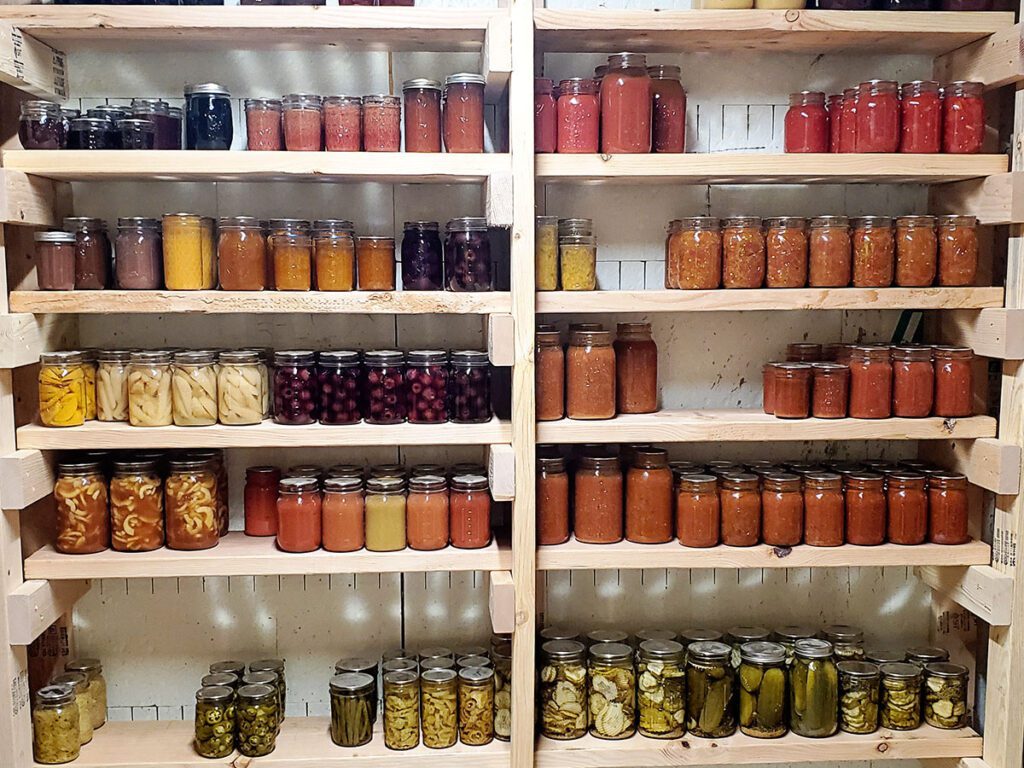
I grew up in a family where my mom and grandma always raised large canning gardens, and spent the last days of summer in the kitchen “putting up” jars of pickles, sauces, vegetables, and preserves, then freezing whatever didn’t go into jars. It wasn’t until I started buying groceries for my own family that I realized what a huge blessing that pantry full of homegrown, home-processed food truly is! These days, I plant canning gardens of my own each summer. While my plans may change a bit from year-to-year the basic vegetables I plant stay the same, giving me plenty to save for later, and extra to share with family and friends.
What Vegetables Should You Plant in a Canning Garden?
The vegetables I plant may be different from the ones you like, and that’s one of the wonderful things – you can tailor your garden to your personal tastes! When you get ready to order seeds (read more about why I order vegetable seeds,) or buy seeds and seedlings for your canning garden there are a few questions you can ask yourself to help get started.
What vegetables do you like to eat?
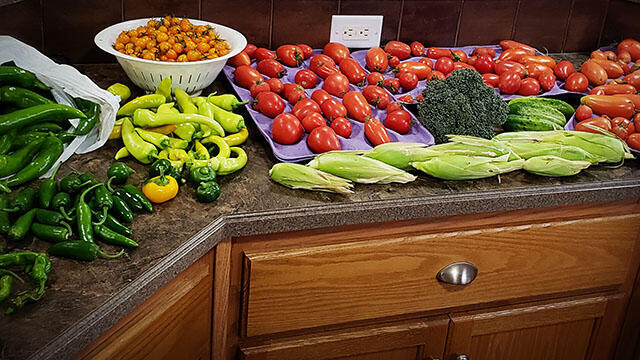
Are there certain vegetables you can’t seem to get enough of? How about types you don’t like? Either way, you can plant more, less, or none of those things. You should also consider whether you prefer a vegetable fresh, or if there are a lot of things you can make and preserve using that vegetable. For example, I love fresh tomatoes, but I also love the fact they are the base ingredient for so many sauces, salsas, and soups that our family loves to eat, so I plant lots of them. On the other hand, no one in my family likes radishes, so I don’t plant them anymore.
What vegetables preserve well?
Some vegetables are easier to preserve for later use than others. Some types are great for canning, others freeze better, and some just don’t save well. Leafy greens are a good example; spinach and kale can be frozen but lettuce is best enjoyed fresh. I feel the same about summer squash and zucchini. I know many people grate and freeze them for later use, but I don’t care for the texture. I’d rather bake loaves of zucchini bread, and freeze the bread!
If you’re looking for food preservation ideas, one of my favorite resources is the Ball Blue Book Guide to Preserving. It contains tested recipes and instructions for how to safely preserve your food for later use. While this is not the only resource I use, it is one I trust. Another great place to look for ideas is your local Cooperative Extension Service. Looking a recipes and preservation methods can help you decide which types, and how many vegetables you would like to plant.
What are your limiting factors?
Space, climate, and growing seasons can all be limiting factors. The good news, is there are gardening techniques that can help with many of these challenges. A greenhouse, Kozy coat, or cold frame extends a short growing season. Vertical gardening, or using a square foot method can help you take advantage of limited space. If all else fails, you can look for a local farmer or farmer’s market that will sell bulk quantities to the public. You’ll still have the advantage of using fresh-picked, quality products for your home canned food. Once you identify your limiting factors, you can decide the best way to move forward.
How many vegetables should you plant?
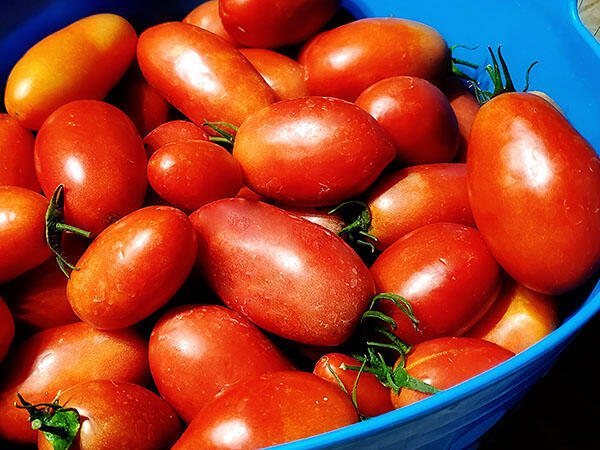
The number of vegetables you should plant will depend on your answers to the other three questions. Here is an example of what I usually plant for canning, freezing, and dehydrating.
- 16-20 Tomato plants
- 8-10 Chili Pepper plants
- 8-10 Jalapeno Pepper plants
- 6-8 Sweet Banana Pepper plants
- 10-15 Cucumber plants
- 6-8 Broccoli plants
- 1 package of Onion sets
- (3) 15′ rows of Green Beans
- (3) 10′ rows of Carrots
- (2) 10′ rows of Red Beets
- (4) 20′ rows of Sweet Corn
- (2) 10′ rows of Spinach
- (1) 10′ row of Kale
- (2) hills of Pumpkins
I plant other vegetables too, but those are primarily for fresh eating, instead of being preserved for our pantry. Planting a large, family garden is a great way to fill our pantry with good food, that can last all year long!
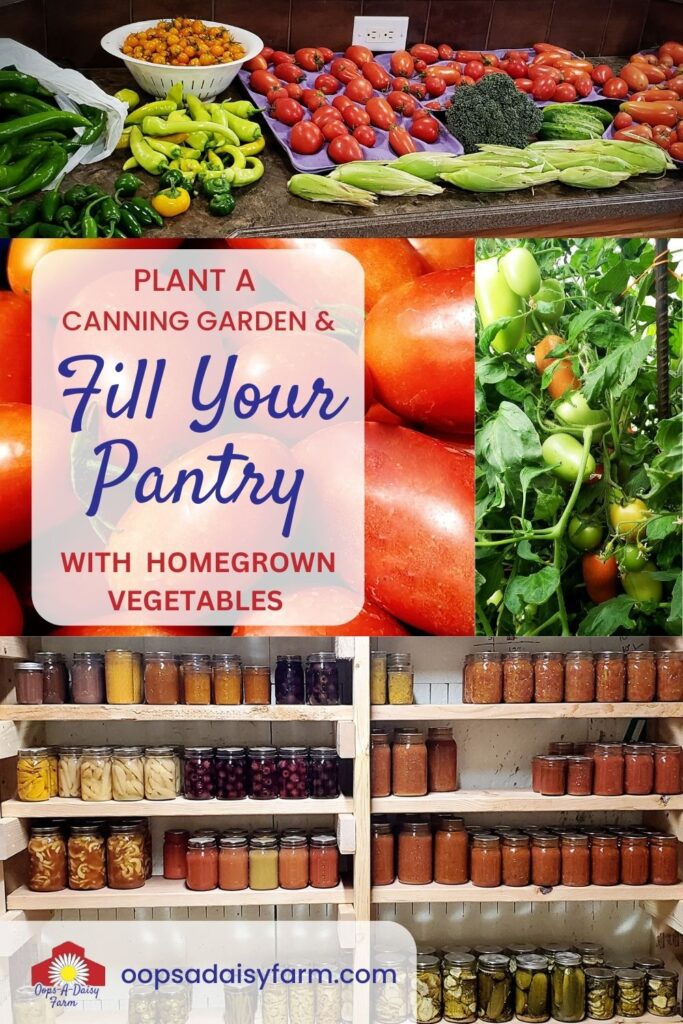
Stay Up to Date
Sign up to receive our emails!
Thank you!
You have successfully joined our subscriber list.
You May Also Like:
- Yes, You Should Plant a Vegetable Garden! Here’s Why
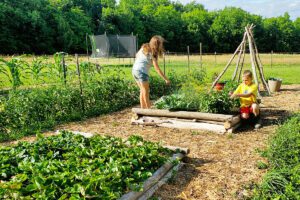 Planting a vegetable garden is an annual tradition for our family. When I can’t grow a garden, I truly miss it. That may not make much sense; after all my… Read more: Yes, You Should Plant a Vegetable Garden! Here’s Why
Planting a vegetable garden is an annual tradition for our family. When I can’t grow a garden, I truly miss it. That may not make much sense; after all my… Read more: Yes, You Should Plant a Vegetable Garden! Here’s Why - Don’t Know When To Start Seeds? Use A Planting Calendar!
 As the days get longer, and spring fever sets in, I can’t wait to get my hands in the dirt! It’s still way too early to start gardening outside, but… Read more: Don’t Know When To Start Seeds? Use A Planting Calendar!
As the days get longer, and spring fever sets in, I can’t wait to get my hands in the dirt! It’s still way too early to start gardening outside, but… Read more: Don’t Know When To Start Seeds? Use A Planting Calendar! - Planting A Canning Garden
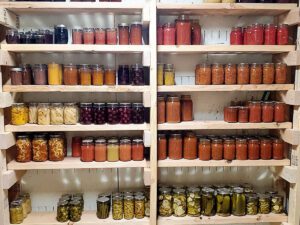 Let’s talk about vegetable gardens. They come in all shapes and sizes and can be grown in everything from patio containers to large in-ground beds. However, the garden I want… Read more: Planting A Canning Garden
Let’s talk about vegetable gardens. They come in all shapes and sizes and can be grown in everything from patio containers to large in-ground beds. However, the garden I want… Read more: Planting A Canning Garden
